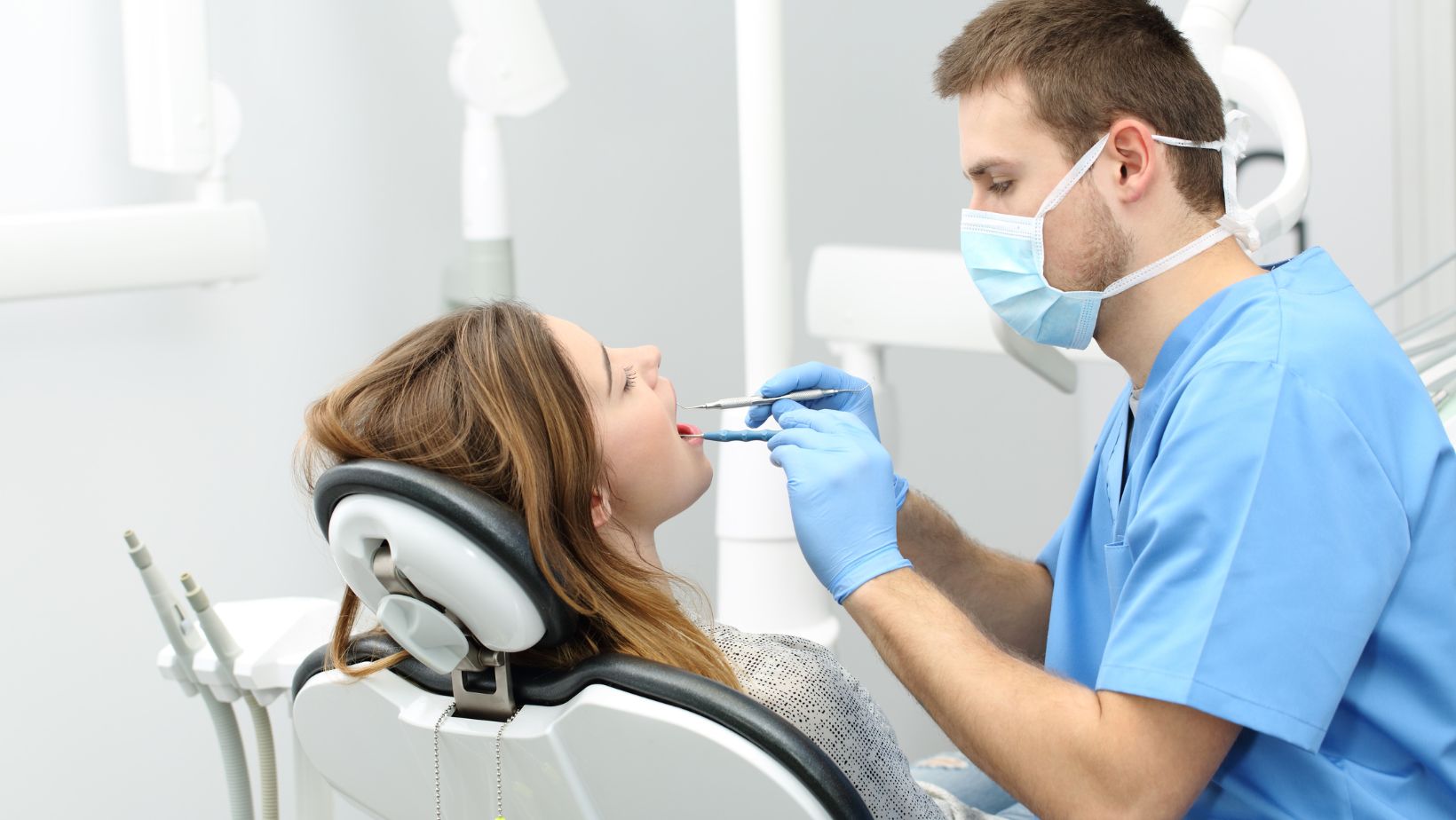
For many adults, the word dentist sparks memories of cold waiting rooms, bright lights, and the sound of drills. For children, those same images can be even more intimidating. But here’s the twist—dental visits don’t have to be scary. In fact, they can be fun.
A paediatric dentist knows how to turn routine check-ups into engaging experiences that reduce fear and build positive associations. By creating playful environments, using creative communication, and focusing on comfort, they make sure dental care becomes something children can look forward to instead of dread.
The Power Of A Child-Friendly Environment
Playful Waiting Rooms
The experience begins before the child even sits in the chair. Brightly coloured walls, toys, storybooks, and murals transform the waiting room into a place that feels more like a play area than a clinic. Children relax because they see familiar cues of fun.
Fun In The Chair
Some clinics install televisions on the ceiling, offer headphones for cartoons, or let children hold a stuffed toy. These little touches create a distraction that makes the appointment fly by.
Communication That Sparks Curiosity
Using Gentle, Playful Words
Instead of saying “examination,” a dentist might say, “Let’s count your teeth.” Instead of “cleaning,” they may call it “sparkle time.” This language swaps fear for curiosity.
Storytelling As A Tool
Many dentists tell playful stories about “sugar bugs” hiding between teeth or “superhero brushes” that fight germs. Children enjoy the narrative, and parents appreciate how it turns learning into fun.
Making Visits Interactive
Involving The Child
Children love to feel involved. Dentists may show them how tools work, let them press chair buttons, or demonstrate brushing on a puppet before asking the child to try it at home.
Celebrating Success
After each appointment, children are often rewarded with praise, stickers, or small toys. These rewards reinforce the idea that dental visits are achievements to be proud of.
Why Fun Matters In The Long Run
Reducing Anxiety
When visits are enjoyable, children no longer fear appointments. This reduces tears and resistance, making life easier for parents.
Encouraging Lifelong Habits
Positive early experiences ensure children grow up viewing dental care as normal and even enjoyable, not something to avoid.
Strengthening Confidence
Children who conquer their fears feel braver in other areas of life. A fun dental visit becomes more than just oral care—it’s a confidence-building moment.
A Simple Calculation Of Positive Visits
- A child who visits the dentist twice a year from ages 3 to 13 will have about 20 visits.
- If each one feels fun and rewarding, that’s 20 positive experiences reinforcing healthy habits.
- Compare that to 20 stressful visits, and the outcome in both behaviour and confidence is completely different.
Conclusion
Fun isn’t just a distraction—it’s a strategy. By turning dental visits into engaging, playful experiences, specialists help children build trust, confidence, and healthy habits that last. Parents benefit too, knowing appointments no longer come with tears or stress.
With their child-centred approach, clinics like Nuffield Dental continue to show how fun and care can go hand in hand, shaping a generation of happy, confident smiles.
Frequently Asked Questions
1. How Do Dentists Make Kids Enjoy Their Visits?
They use colourful settings, distraction tools, playful communication, and rewards.
2. Do Fun Visits Still Provide Proper Care?
Yes. The fun elements are designed to help children cooperate while receiving high-quality treatment.
3. Can Making Visits Fun Prevent Dental Fear Later?
Absolutely. Positive experiences in childhood often stop fear from developing in adulthood.
4. What Role Do Parents Play In Making Visits Fun?
Parents can prepare children by speaking positively about the dentist and celebrating appointments.
5. Is Every Child Open To Fun Approaches?
Most children respond well, though some may still need extra time and patience.



